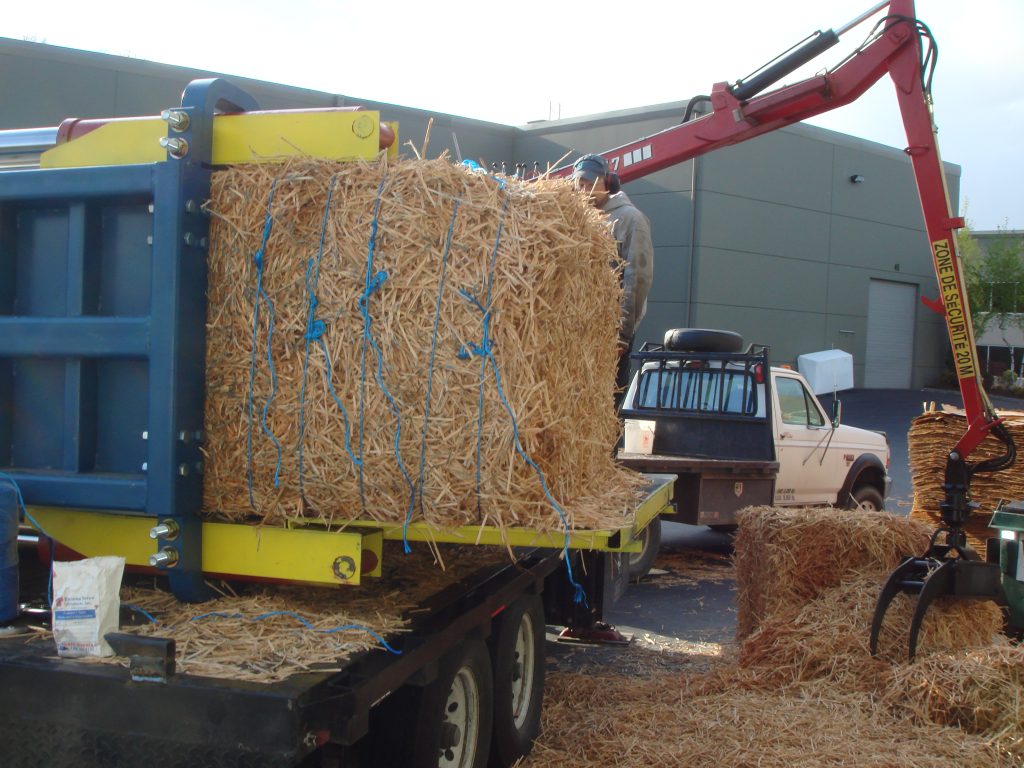Abstract
The majority of fuels reduction work is conducted by hand crews in the wild and urban interface and near in-forest recreation/administrative assets. Today, most of the biomass is either piled for burning at some future time or is dragged to the roadside for chipping. In many districts, disposal of chipped or whole brush is costly. However, if the material could be densified into a form that makes it easily transportable, it may be directed to bioenergy firms distant from the project site. Engineering research led to the development of street-legal balers specifically designed to bale woody biomass and replace many of the tow-behind chippers used by agencies, tree service firms, and forest management contractors today. A moment-method study of an engineering prototype was conducted to determine how baler and ground crew unit operations contributed to total cycle time. Although total productivity of more than one bale per hour was adequate to support hand-crews, improvements to ground operations and loader operator strategies resulted in a quick 30% production increase.
About the Publication
Dooley, J.H., D. N. Lanning, C. Lanning, T.F. Broderick, J.L. Fridley. 2009. Square bales of woody biomass for improved logistics. Paper No. 81. Society of American Foresters Annual International Meeting. Orlando, FL. 10 pp.
Read the full article in PDF format:

